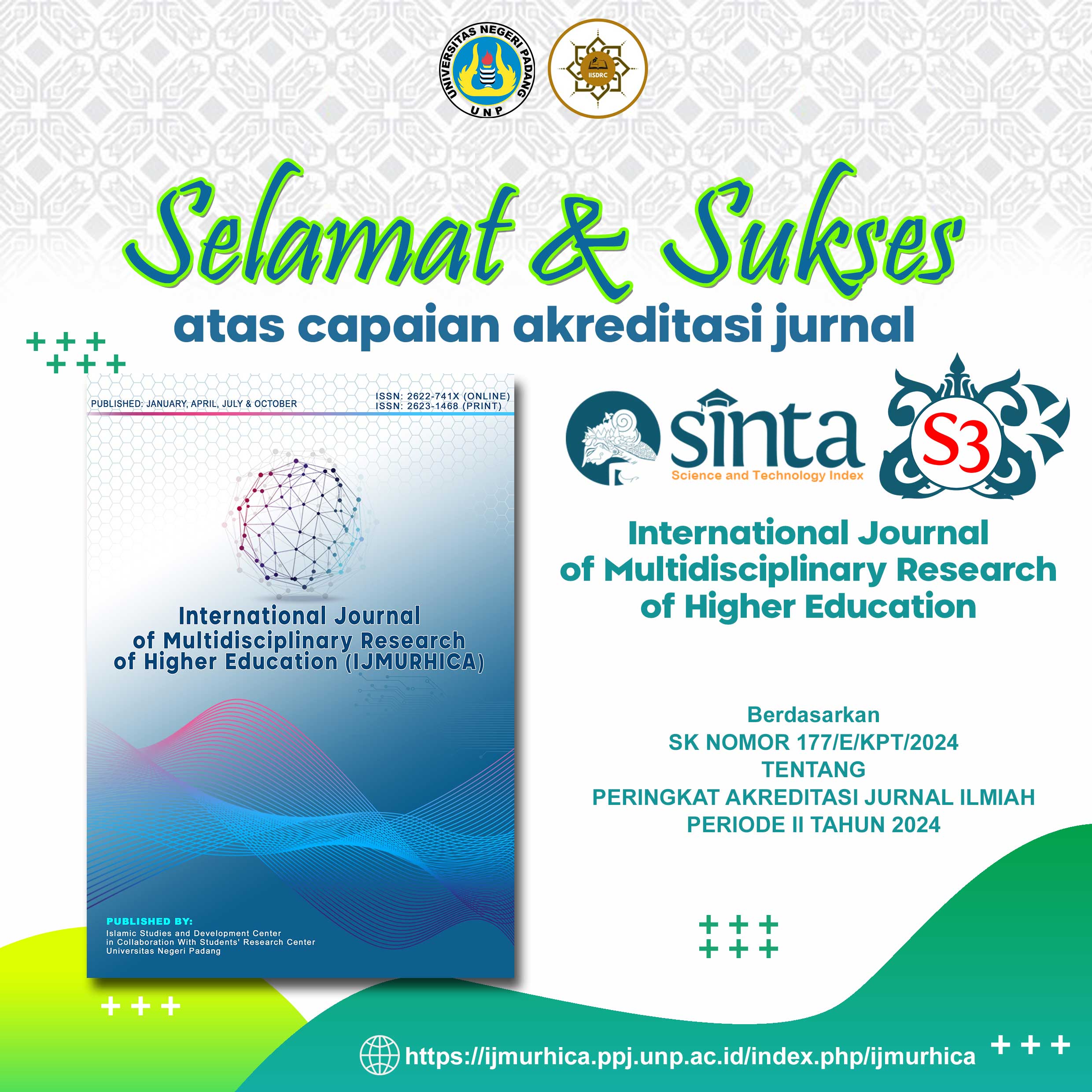The Qur’an Learning in Islamic Education Institutions in Indonesia: An Analysis Study of the Problems and Solutions
DOI:
https://doi.org/10.24036/ijmurhica.v4i4.86Keywords:
Problems, solutions, learning, the Qur’anAbstract
Learning the Qur’an is an obligation for all Muslims because Qur’an is a source of Islamic religious law. However, there are still obstacles that occur in the learning process. This study aims to determine the problems that occur in learning Qur’an at the Qur’an education garden (TPQ). This study uses a qualitative method with a case study approach (case study design). Sources of data were taken through in-depth interviews with nine informants consisting of three educators and six students in three different the Qur’an education garden using a purposive sampling technique. The results of the study found five problems in learning the Qur’an that are: i) lack of professional educators, ii) class schedule every day the same, iii) a short learning time, iv) learning facilities are less supportive, v) parents of students always blame the teacher. Apart from problems, there are also six themes (solutions) that can be applied, namely: i) requirement for educators must be a bachelor of education, ii) there is a classroom, iii) there is a curriculum, iv) there are rules in learning, v) appropriate learning time, vi) the existence of a system of “One Year Can Read Qur’an”. The results of this study can be used as information for the community in order to find solutions to these problems.






